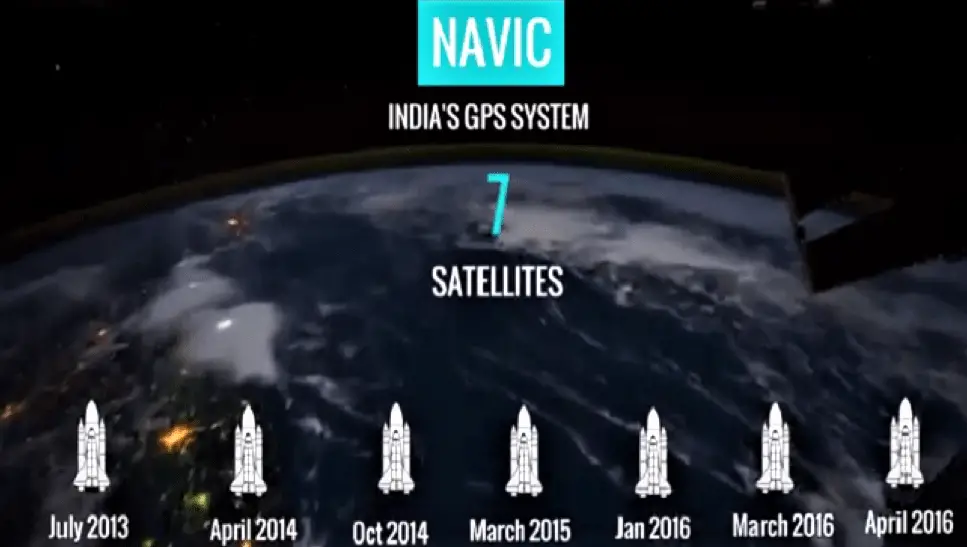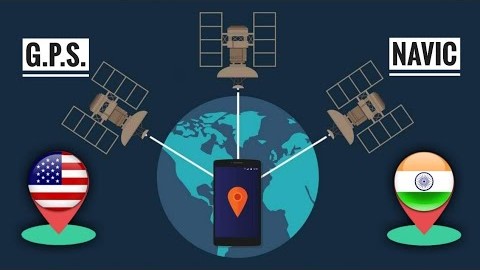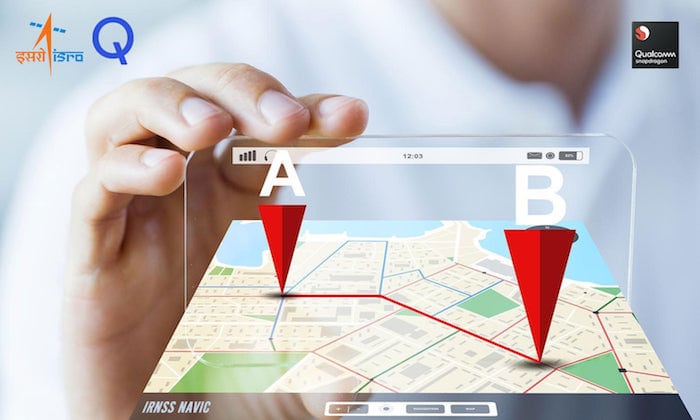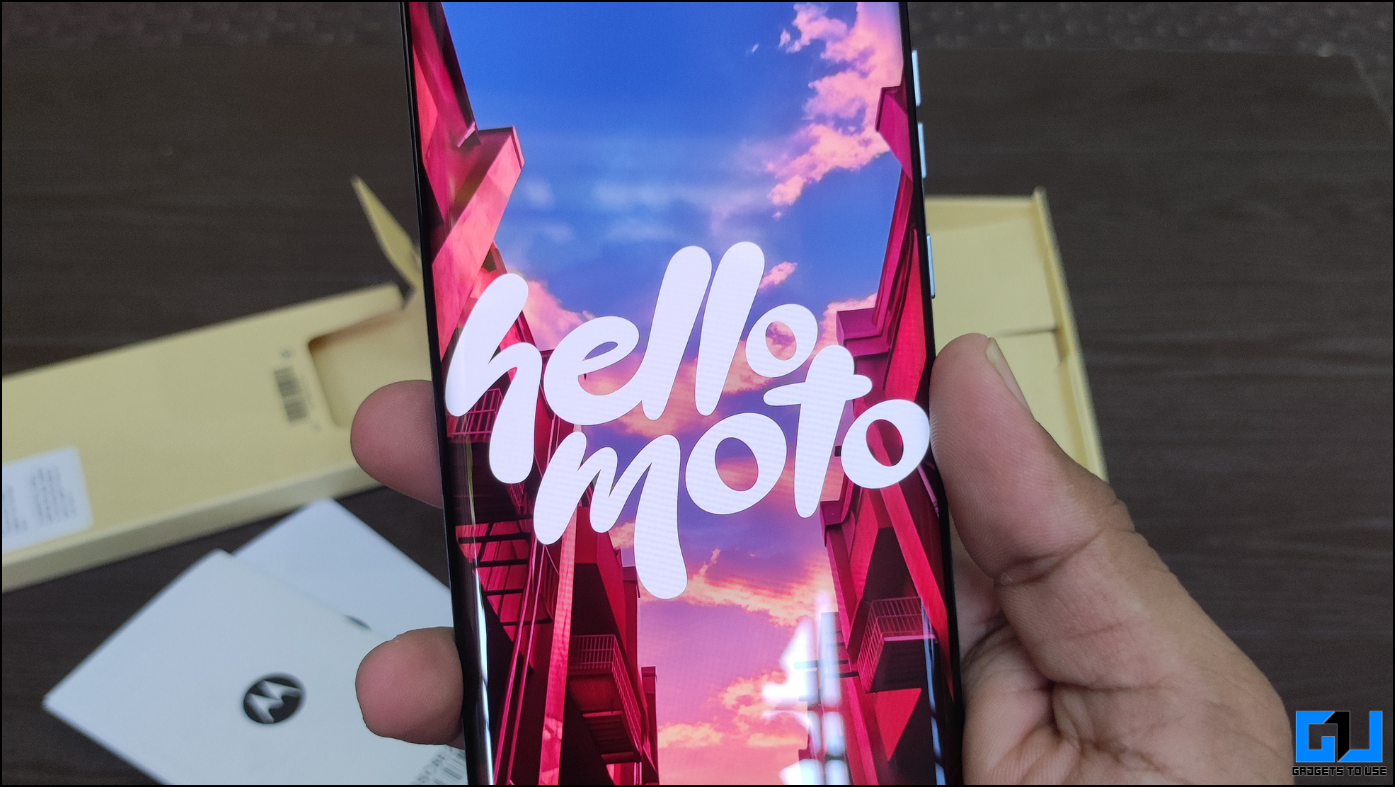India’s indigenous navigation system NavIC has lately been announced for commercial use in the country. It has added a new term in the spec sheet of smartphones, and the companies are fighting to claim to be the first to offer it on their devices. So, what exactly is NavIC? How does it compare with GPS and how to check if your phone supports it? Let’s have a brief look at the same. Read on.
What is NavIC?
For those unaware, NavIC is an acronym for Navigation with Indian Constellation. As mentioned, it’s India’s first homegrown positioning system and is developed by ISRO (Indian Space Research Organization) under the IRNSS (Indian Regional Navigation Satellite System) program.
NavIC is designed to provide accurate geographical positioning, primarily to the users in India. Plus, it also covers other adjoining regions, extending up to 1,500 kilometers from the country’s border, including Pakistan, Bangladesh, Sir Lanka, and some parts of China.
The dual-band satellite navigation system will provide two types of navigation services- the Standard Positioning Service intended for the general public use, followed by Restricted Service, which is an encrypted service limited to authorized users, including the military.
As of now, it is powered by a total of nine IRNSS Satellites, with two of them kept on the ground as stand-by. ISRO is expected to increase the count in the coming time.
What was the need for NavIC?
Back in the 1999 Kargil War, when Pakistani Troops took positions in Kargil, India tried seeking GPS data from the US government for the region as it would have provided vital information. However, the request was denied, and this is where the nation realized the importance of an indigenous navigation system.
The satellite system was first announced in 2007 and became operational in 2018, following the delays caused by the Mars Orbiter Mission and other technical hindrances.
NavIC vs. GPS
For starters, America’s GPS or Global Positioning System uses a total of 31 satellites in orbit, out of which at least 24 are operational at a given time. All these satellites are geosynchronous, i.e., their orbital period matches the Earth’s rotation period.
NavIC, on the other hand, employs a total of seven satellites in orbit. Three of them are in geostationary orbit, i.e., they lie on the same plane as the equator. The remaining lie in geosynchronous orbits that maintain an inclination of 29° to the equatorial plane.
It is important to note that GPS covers the entire globe while NavIC has a limited range, with the primary location being India.
Is it better than GPS?
As mentioned, GPS uses geosynchronous satellites and works on the L band. Whereas, NavIC primarily relies on geostationary satellites that are in direct line of sight with India. These satellites use dual frequency bands- ‘L5’ and ‘S,’ and are situated in a much higher orbit. Therefore, the signal on NavIC is less prone to obstructions.
This gives it a significant edge over GPS, especially in terms of positioning accuracy. NavIC can achieve an accuracy of up to 10 meters for civilians and up to 0.5 meters for the military. In contrast, GPS generally has an accuracy of around 20 meters, which improves further with cellular tower tracking.
Moreover, NavIC has a faster latch-on time and hence can detect location quicker than GPS. It’s also said to work better in densely urban regions with tall buildings and rural areas.
List of Phones having NavIC Support
NavIC is a new technology, and hence it’ll take time reaching masses. Recently, one of the major smartphone chip-makers- Qualcomm has launched a couple of NavIC compatible SoCs. This includes top-of-the-line Snapdragon 865, Snapdragon 765, Snapdragon 720G, Snapdragon 662, and Snapdragon 460.
The Realme X50 Pro 5G, powered by the Snapdragon 865, is the first device in India to bring NavIC support. However, it will be activated later in April following a software update from Qualcomm. Others in the list comprise Redmi Note 9 Pro, Redmi Note 9 Pro Max, and Realme 6 Pro. Google Maps and other location apps will work seamlessly with NavIC, just like they do with GPS and GLONASS.
Now, many of you might be wondering whether it can be enabled on existing smartphones via software updates. Well, no, you cannot get NavIC support by software update as it requires the phone’s SoC to be equipped with a dedicated NavIC module. Only if the phone has the necessary hardware but doesn’t support the feature, the company can roll out an update to enable the functionality.
Check if Your Phone Supports NavIC
As mentioned, only a few phones support NavIC for now. Anyways, if you’ve got one, you can check its compatibility using GPSTest and GNSSTest apps. Simply download and install both the applications from Google Play Store and check if they’re able to detect any Indian satellites. Phones without NavIC support are likely to see only American, Russian, and Chinese satellites.
Wrapping Up
Being a major technological advancement, NavIC is a huge step towards India’s self-dependency. While it has a lot of other uses, we as consumers will be benefitted from a more accurate & faster location positioning and navigation on our devices. Plus, given the agreement between Qualcomm and ISRO, we are likely to see more devices with NavIC support in the coming time.
Anyway, what are your thoughts on the new Desi GPS alternative? Do let us know in the comments below. Also, feel free to reach us in case of any doubts or queries.
Also, read- What is GLONASS And How It Is Different From GPS?






